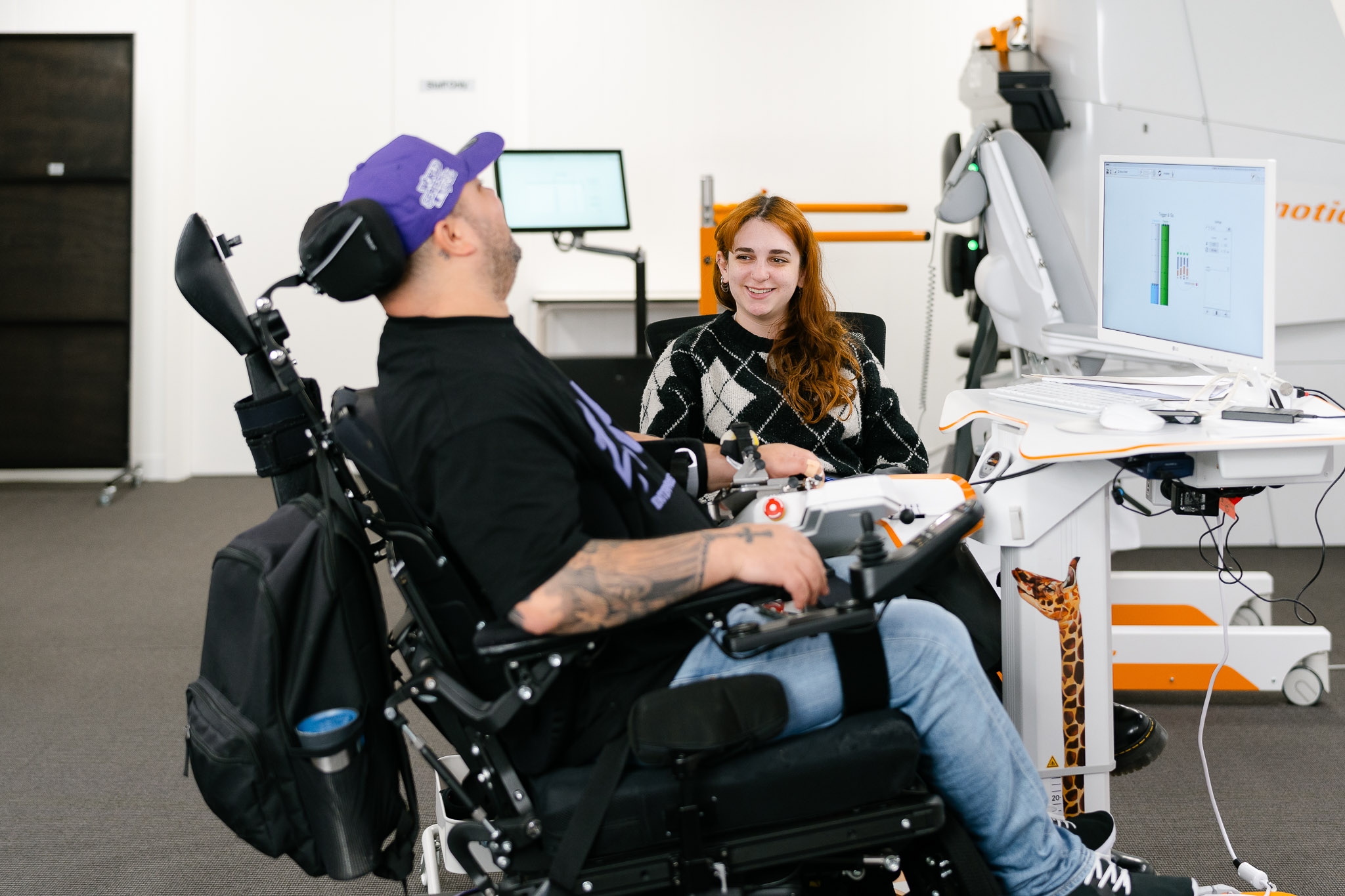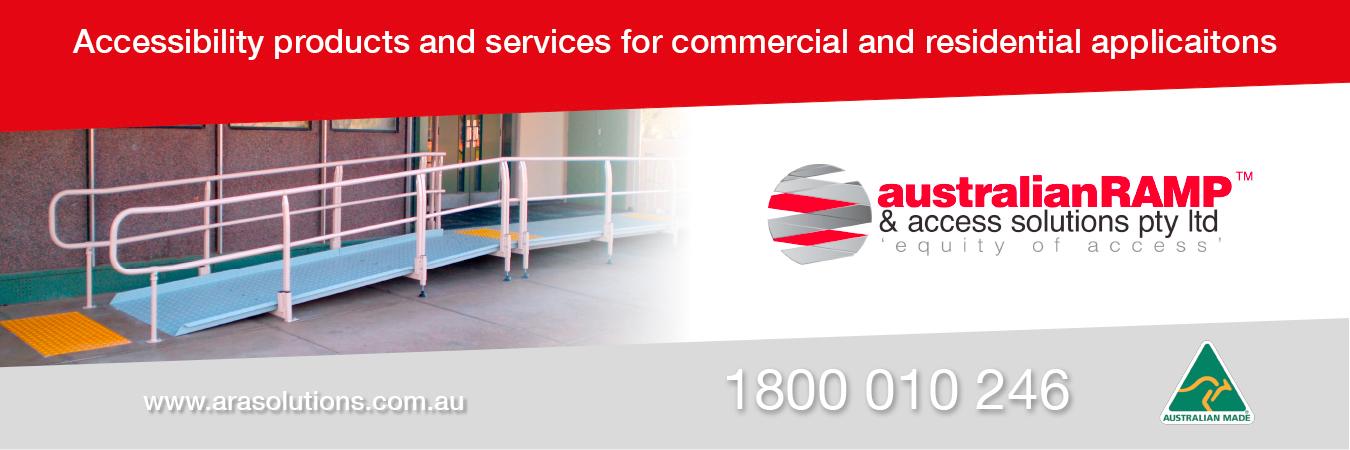
Published: Thursday 15 May 2025
I’m an OT Student awaiting registration, can I work as Allied Health Assistant (AHA)?
Before you start practising as an occupational therapist, you must be registered with Ahpra. You cannot use the title “occupational therapist” unless your name appears on Ahpra's register of practitioners.
You can work as an allied health assistant (AHA) under the direct supervision of a qualified OT. While working as an AHA, you must work within the scope of an AHA only- refer to your state's or territory's Allied Health Assistant Framework.
Is it mandatory to have clinical super vision?
OTA strongly recommends regular supervision for best practice and to meet the Ahpra competency requirements.
The frequency may vary across individual needs and determined between the supervisor and supervisee (refer to the OTA Supervision Framework).
How can I access OT supervision/support if it is not available in my workplace?
If you do not have access to OT specific supervision, then you could look at outsourcing supervision. You can use the OTA Find an OT search function to identify OT’s who may be willing to support you (look under Professional Supervision as the area of practice).
To complement your supervision, other options to ensure you remain up to date and practicing effectively are to:
- Complete relevant professional development. You can find the CPD OTA offers here
- Be proactive in discussing your support needs with your manager
- Link with your peers, in similar areas of practice, via meetings in your area.
- Join relevant interest groups
- Link with your OT peers through networking events, social media etc.
I’m a new graduate and registered part way through the CPD cycle, do I need to obtain 20 hours of CPD?
The Ahpra website has all the information you need to know regarding the requirements to meet the CPD standards.
It states that "If you register part-way through a registration period you must complete five hours of CPD for every three months of registration remaining in the registration period".
How do I tell if something is within OT Scope of practice?
As a general rule, we suggest that something is within OT scope of practice if:
- It is usually taught at undergraduate/pre-registration level to OT students.
- OR If it isn’t taught at undergraduate/preregistration level, the OT has completed recognised or accredited training in the modality or approach.
- AND It is clearly linked to an occupational performance treatment or intervention plan which focuses on enabling participation in the usual and meaningful activities and occupations of life.
- AND It is not within the scope of another registered allied health professional.
- If an activity/intervention etc is not included in undergraduate or graduate occupational therapy course, then to be considered within scope of practice of an OT:
- The practitioner must have completed a recognised training course at a suitable level
- The practitioner must be using the modality within an occupational performance / occupational engagement capacity, for it to be part of occupational therapy practice and recognised by insurers and our registration body.
It is important to note that even if an activity is within OT scope of practice, you still need to ensure it is within your clinical competence. You will need to inform your Professional Indemnity Insurer if there are concerns regarding scope of practice or additional insurance requirements. You will find more information in the OTA Scope of Practice Framework.
I am looking at a role in private practice, how do I know if the pay and contract I have been offered is fair?
OTA has a partnership with WorkplacePLUS which enables any OTA member to be eligible for a free initial phone consultation on HR and industrial relation issues (including as an employee). You can find more information on the partnership and WorkplacePLUS contact details here.
Other suggestions for reviewing your employment contract include:
- Cross reference your letter of engagement and contract with your position description and the original job advertisement
- Check that the job title, description, grade and salary scale included in the contract match the requirements of the job
- Check the conditions of the probationary period
- Check the employee entitlements the contract is based on
- Start date
- Working hours (including options of flexible working hours
- Where the job is based (single or multiple sites)
- Holidays
- Personal leave
- Carers leave
- Notice period
- Disciplinary, dismissal and grievance procedures in place in the workplace
- Restrictive clauses (Most relevant to private practice, e.g. limiting your capacity to work for a competitor, poach clients and/or suppliers when you leave their employment).
- Superannuation
- Refer to Fair Work Australia’s National Employment Standards for guidance on minimum entitlements if no award is stated
- Refer to Public Health Salaries posted on respective State Department of Health Websites
- Connecting with peers in similar positions will also give a benchmark of conditions/salaries.
- If you have any questions about your contract, contact the organisation’s Human Resources department for clarification.
Related topics

7 May 2025
FAQ: Allied Health Assistants
Allied health assistants must work under the direct clinical oversight and supervision of a qualified OT. See a full list of FAQs here.

10 December 2025
Practice Resource: Occupational Therapy and the Strengthened Aged Care Quality Standards
This resource helps occupational therapists (OTs) and key stakeholders understand the specific ways the Strengthened Aged Care Quality Standards relate to occupational therapy scope of practice.

7 January 2025
Position Statement: Occupational Therapy Scope of Practice Framework (2017)
This document provides the framework for scope of practice which will be underpinned by position papers and guides to good practice for key practice areas and additional scope of practice documents (in development), such as an advanced practice framework, advanced and extended scope of practice documents, and national supervision framework. Occupational Therapy Australia scope of practice documentation will be regularly revised to reflect current needs, knowledge and research to include new areas of activity for occupational therapists in Australia.

